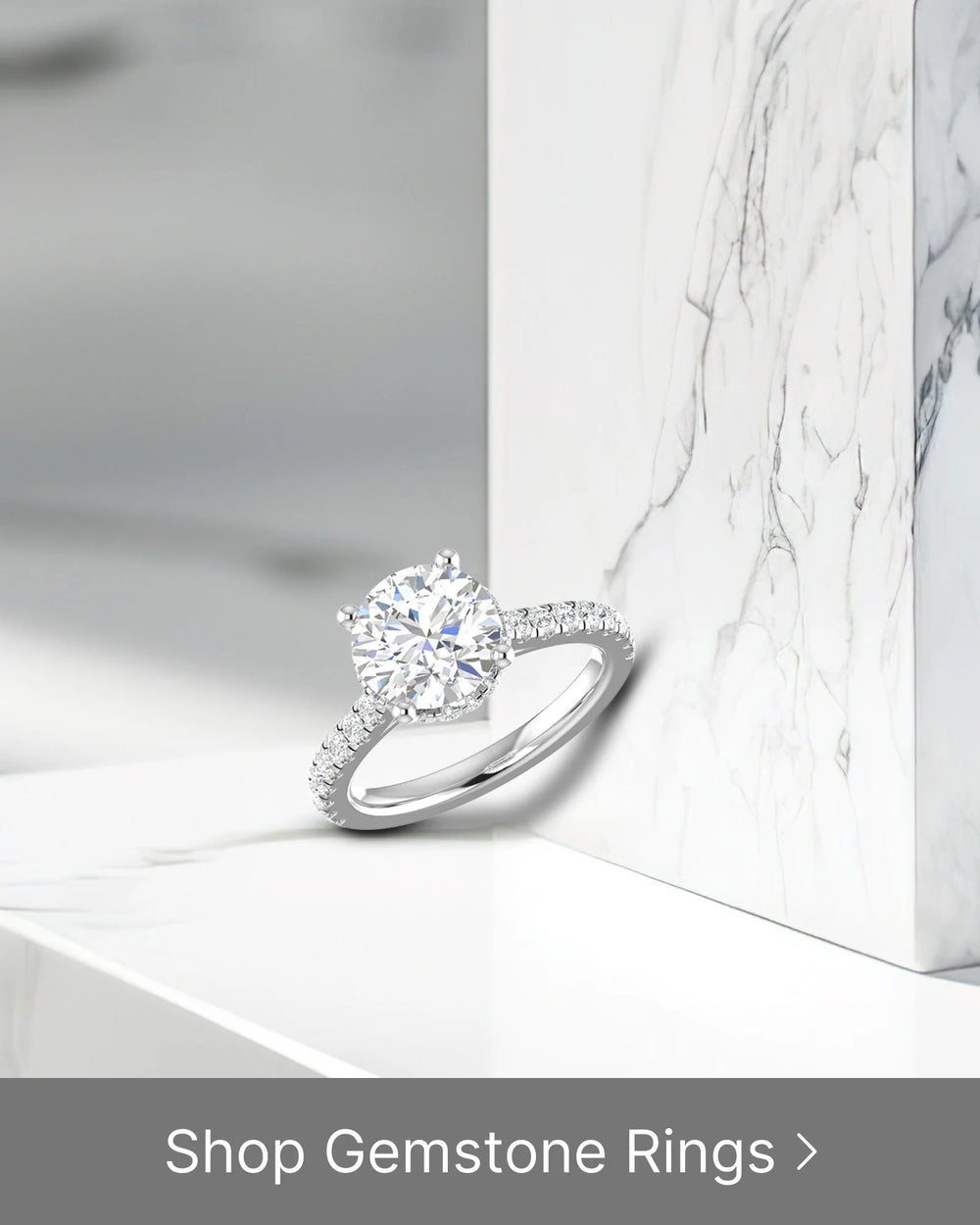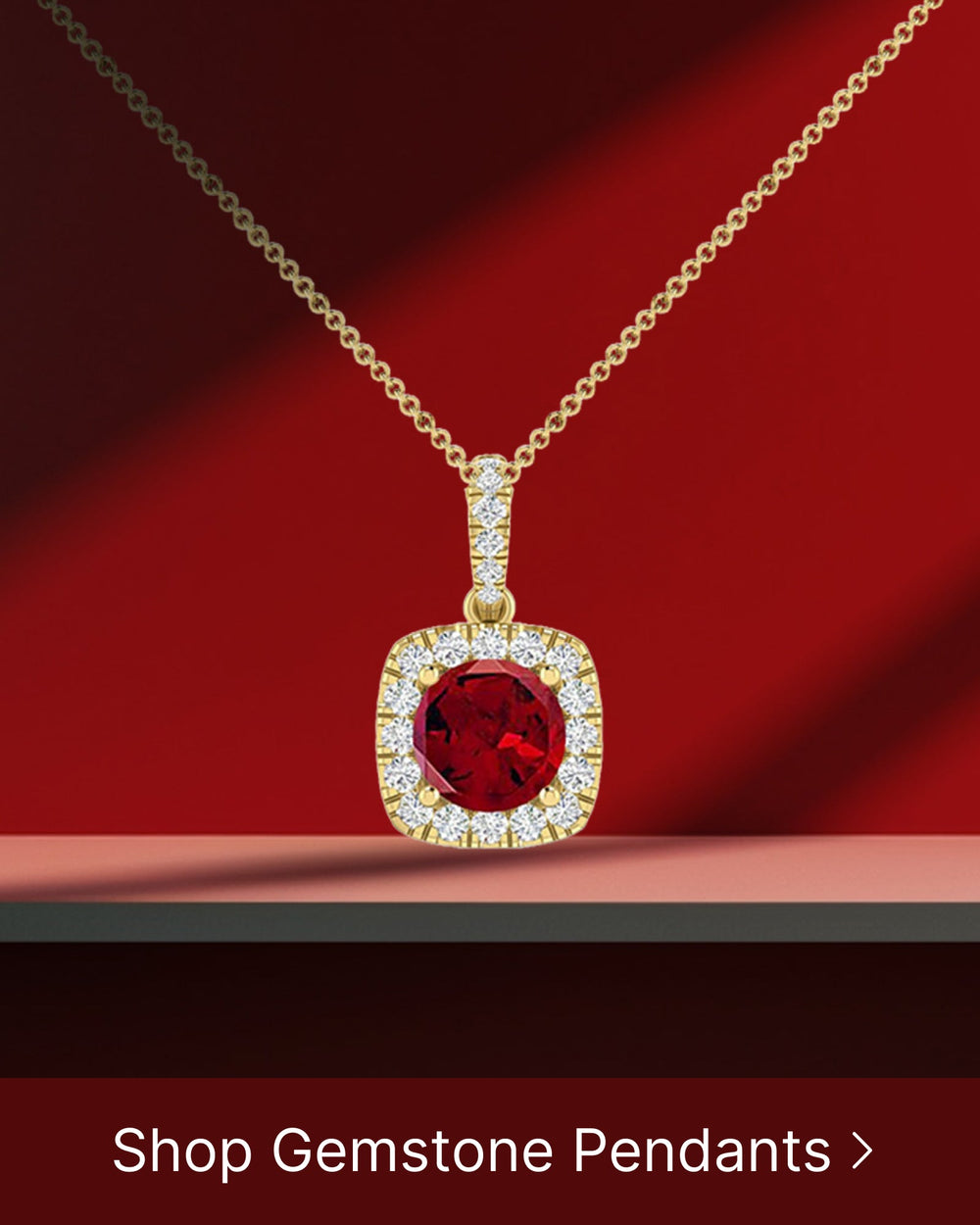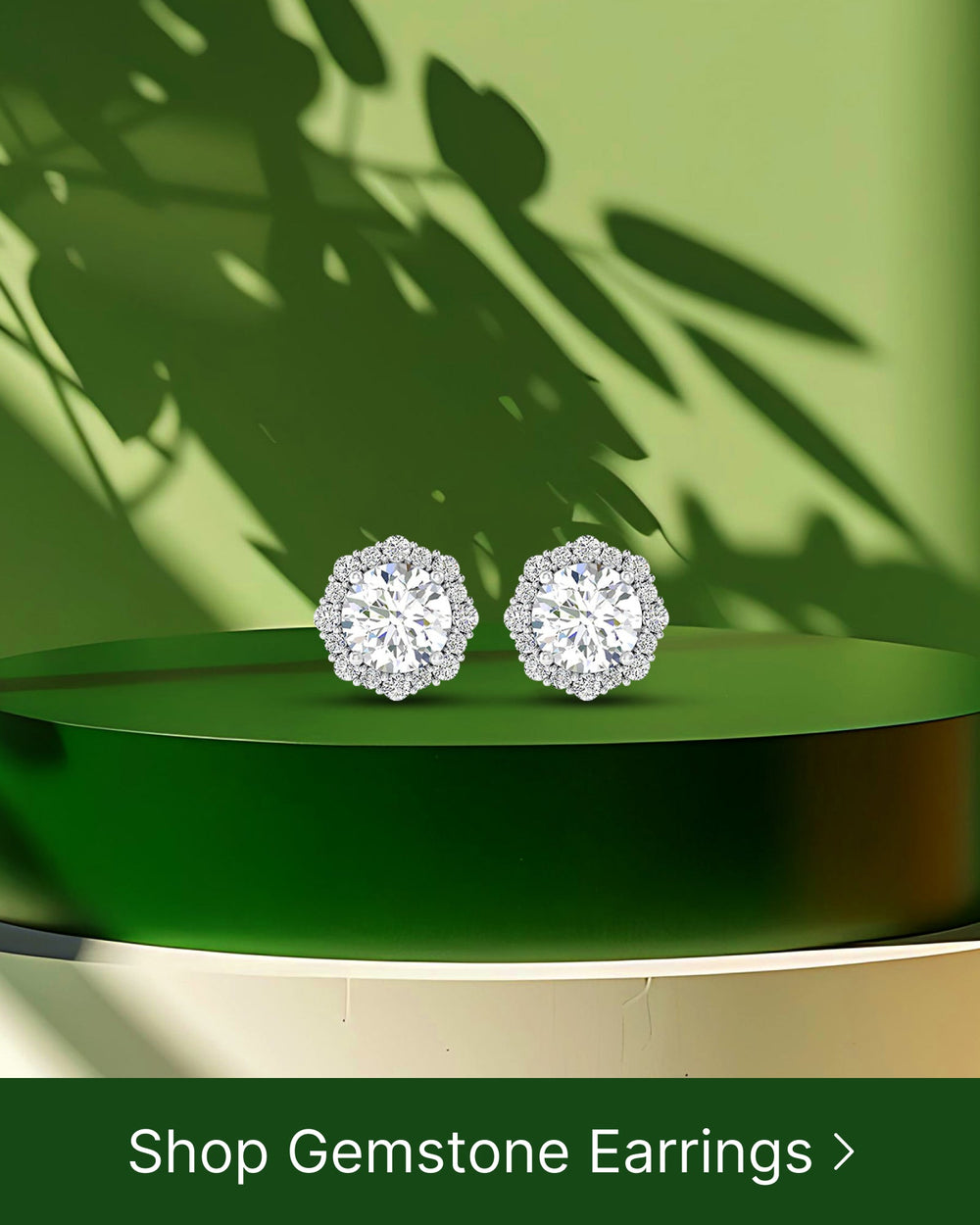When it comes to choosing a diamond ring, one of the most important factors to consider is the carat size. Carat refers to the weight of the diamond, and it directly affects both the appearance and the value of the ring. In this article, we will delve into the intricacies of diamond carat sizes, understanding how they are measured, their impact on the overall look of the ring, how to choose the right carat size, the relationship between carat size and diamond quality, as well as tips for caring for your diamond ring based on its carat size.
The Basics of Diamond Carat Size
Before diving deeper into the subject, let's start with the basics of diamond carat size. Carat is a unit of measurement used specifically for gemstones, with one carat being equal to 200 milligrams. It is important to note that carat is not the only determining factor of a diamond's value; the overall quality and the other three Cs (cut, color, and clarity) also greatly influence the worth of the stone. However, carat size often plays a significant role in determining the price of a diamond.
When it comes to carat size, bigger is not always better. While larger diamonds may appear more impressive, the quality of the stone is equally important. A smaller diamond with exceptional cut, color, and clarity can often be more valuable than a larger diamond with inferior characteristics. It is the combination of all these factors that determines the true beauty and worth of a diamond.
What is Carat and How is it Measured?
Carat, as mentioned earlier, is a unit of weight. A diamond's carat weight is determined by using highly precise scales specifically calibrated for gemstones. Jewelers measure the weight of the diamond to the nearest hundredth of a carat and round it to the nearest hundredth as well. For example, a diamond weighing 0.96 carats would be referred to as a "ninety-six pointer."
Measuring carat weight accurately is crucial in the diamond industry, as even the slightest difference in weight can significantly affect the value of a stone. Jewelers use specialized equipment to ensure precise measurements, taking into account the weight of the diamond and any additional factors that may affect its overall value.
It is worth noting that carat weight does not directly correspond to the physical size of a diamond. Two diamonds with the same carat weight may appear different in size due to variations in their proportions and cut. Factors such as depth, table size, and girdle thickness can influence how a diamond's carat weight is distributed, ultimately affecting its appearance.
The History of Carat Measurement
The use of carat as a unit of measurement dates back centuries, with its origin tracing back to ancient trading practices. The term "carat" is believed to have derived from the carob tree, which produced seeds of a remarkably consistent weight. In ancient times, these seeds were used as counterweights in balance scales to measure precious stones.
Over time, the carob seeds were replaced by standardized weights made from various materials such as brass or iron. These weights were carefully calibrated to ensure accuracy in measuring gemstones. As trade and commerce expanded, the need for a universally recognized measurement system became essential, leading to the establishment of the modern carat system.
Today, the carat is a globally recognized standard for measuring gemstone weight. Whether you're purchasing a diamond in New York City or Tokyo, the carat weight will be understood and used as a benchmark for evaluating the size and value of the stone.
The Impact of Carat Size on Diamond Rings
Carat size plays a significant role in the overall appearance of a diamond ring. Keep in mind that carat size alone does not determine the beauty of a ring, as factors such as cut, color, and clarity also contribute to its brilliance. However, carat size can greatly influence how large and eye-catching the diamond appears on the finger.
Carat Size and Diamond Appearance
As a general rule, as the carat size increases, so does the physical size of the diamond. Larger carat diamonds tend to have a more noticeable presence and can make a bold statement. However, it is important to remember that other factors such as cut and shape can also affect the overall appearance of the diamond. A well-cut diamond can maximize its brilliance, even if it has a smaller carat size.
When it comes to diamond appearance, carat size is not the only consideration. The cut of a diamond, which refers to how well the facets are proportioned and how the light interacts with the stone, can have a significant impact on its overall beauty. A diamond with an excellent cut can enhance its sparkle and brilliance, making it appear larger and more dazzling than a poorly cut diamond of the same carat weight.
Furthermore, the shape of the diamond can also affect its visual impact. Different diamond shapes, such as round, princess, emerald, or pear, can create different optical illusions. For example, a round diamond tends to appear larger than a princess-cut diamond of the same carat weight due to its shape and faceting style.
Carat Size and Ring Design
When choosing a diamond ring, it is essential to consider the overall design and proportions of the ring. Larger carat diamonds might overpower delicate ring settings, while smaller carat diamonds may not create the desired visual impact in bolder settings. The key is to find a balance between the carat size and the design elements of the ring to ensure a harmonious and visually pleasing result.
For instance, if you have a petite hand or prefer a more understated look, a smaller carat diamond might be the perfect choice. It can complement your hand size and create an elegant and refined aesthetic. On the other hand, if you want to make a statement and have a bold and glamorous style, a larger carat diamond can be the centerpiece of a stunning ring design.
It's also worth considering the metal color and setting style of the ring. Different metals, such as white gold, yellow gold, or platinum, can enhance the appearance of the diamond and affect how it interacts with light. Additionally, the prong setting, halo setting, or bezel setting can further enhance the visual impact of the diamond, making it appear larger or more intricate.
Ultimately, the choice of carat size should be based on personal preference, budget, and the desired aesthetic. Whether you opt for a smaller carat diamond with exceptional cut and sparkle or a larger carat diamond that commands attention, the most important thing is to select a diamond ring that reflects your individual style and makes you feel confident and beautiful.
How to Choose the Right Carat Size
When selecting the right carat size for a diamond ring, several factors should be considered. Let's explore some of the key aspects to help you make an informed decision.
Understanding Your Budget
One of the primary considerations when choosing a carat size is your budget. Carat size directly affects the price of the diamond, and larger carat diamonds generally come with a higher price tag. Therefore, it is important to establish a budget that aligns with your financial capabilities. Remember that there are various carat sizes available, and a well-cut diamond with a smaller carat size can still be visually stunning.
Considering the Recipient's Preferences
Another crucial aspect to consider is the recipient's preferences. Personal style, lifestyle, and daily activities should be taken into account. Some individuals prefer a more subtle and understated look, while others may desire a ring with a prominent and attention-grabbing diamond. Understanding the recipient's taste will help guide you in choosing the ideal carat size that matches their personality and lifestyle.
The Relationship Between Carat Size and Diamond Quality
While carat size is undoubtedly significant, it should not be the sole factor when evaluating the quality of a diamond. The other three Cs (cut, color, and clarity) also greatly impact a diamond's overall value and beauty.
Carat Size vs. Diamond Cut, Color, and Clarity
A well-cut diamond, regardless of its carat size, can maximize its brilliance and beauty. The cut of a diamond directly influences how well it reflects light, and it is crucial for enhancing its sparkle. Similarly, color and clarity play essential roles in a diamond's appearance. Higher color grades and clarity grades result in diamonds with greater brilliance and transparency, making them more visually appealing.
The Myth of Bigger is Always Better
Contrary to popular belief, bigger does not always mean better when it comes to diamonds. Remember that the quality and overall appearance of a diamond should take precedence over its size alone. A well-balanced combination of carat size, cut, color, and clarity will result in a truly stunning diamond that is more valuable and captivating.
Caring for Your Diamond Ring Based on Carat Size
Proper care and maintenance are essential for preserving the beauty and longevity of your diamond ring, regardless of its carat size. However, larger carat diamonds may require some specific considerations.
Cleaning and Maintenance Tips for Large Carat Diamonds
Regular cleaning is crucial to ensure the brilliance of your diamond remains untarnished. For larger carat diamonds, professional cleaning at least once a year is recommended to prevent dirt, oils, and residue from diminishing their sparkle. Additionally, it is important to protect larger carat diamonds from potential damage by avoiding activities that may subject the ring to excessive impact or pressure.
Ensuring the Security of Your Diamond Ring
Given the higher inherent value of larger carat diamonds, security measures must be taken to protect your investment. Engage with reputable jewelers who can provide guidance on proper insurance coverage for your diamond ring. Additionally, it is essential to select a secure setting that offers appropriate protection for the diamond itself.
Understanding diamond ring carat sizes is crucial when making an informed decision on a purchase. By considering the basics of carat size, the impact it has on the overall appearance and ring design, as well as factors like budget and personal preferences, you can select the perfect diamond ring that reflects both your style and the inherent beauty of the stone. Remember to prioritize quality over size, and care for your diamond ring accordingly to enjoy its magnificence for years to come.






